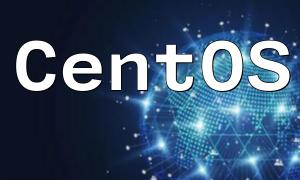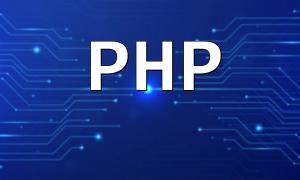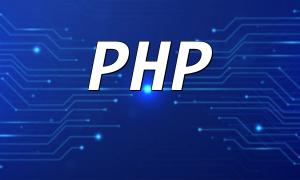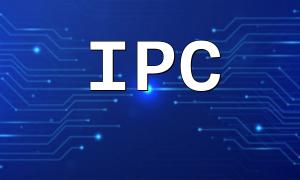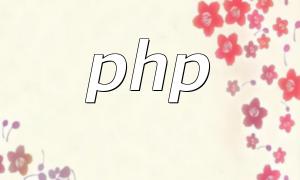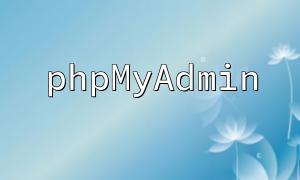Setting up a PHP server in Eclipse is a crucial step toward building an efficient PHP development environment. This tutorial walks you through the necessary configurations to ensure a smooth and productive development workflow.
Before starting, make sure you have the following tools and software ready:
Go to the official Eclipse website and download the PDT (PHP Development Tools) version. After installation, launch Eclipse and choose an appropriate workspace for your projects.
To allow Eclipse to recognize your PHP environment, configure the interpreter with these steps:
1. Open Eclipse and navigate to "Window" > "Preferences".
2. In the Preferences dialog, go to "PHP" > "PHP Executables".
3. Click "Add", enter a name for your interpreter, select the path to your local PHP executable, then click "OK".After configuring the interpreter, add a PHP server in Eclipse to run your local projects:
1. In "Window" > "Preferences", go to "PHP" > "PHP Server".
2. Click "Add", name the server and enter the access URL.
3. Set the Document Root to the local path of your project folder.
4. Click "OK" to save the server settings.With everything configured, you can now run your PHP projects inside Eclipse using the following steps:
1. In the Project Explorer, right-click the PHP file you want to run.
2. Select "Run As" > "Run on Server".
3. Choose the configured PHP server and click "Finish".Once the project runs successfully, you can access it via your browser using the specified URL. Eclipse provides robust debugging tools, allowing you to set breakpoints, watch variables, and step through code to diagnose issues effectively.
By following this guide, you have successfully configured a PHP server in Eclipse and set up a complete development environment. A well-configured local environment significantly improves development efficiency and provides a solid foundation for your PHP projects.
